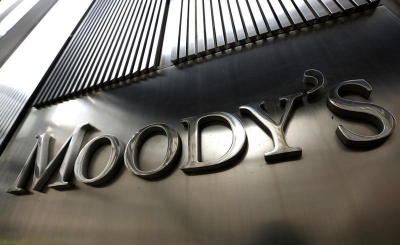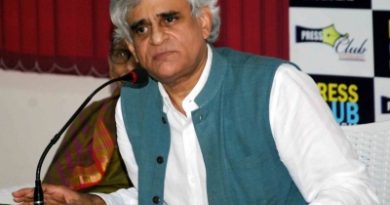With gloomy economic outlook, Moody’s lowers India’s growth forecast
Chennai, Nov 11 : With gloomy global economic outlook, Moody’s Investors Service turned moody on Friday and cut 2022 gross domestic product (GDP) projections for India to 7 per cent and projected 2023 at 4.8 per cent.
The global credit rating agency has also lowered the economic growth expectations of several other countries — advanced and emerging economies.
“We have lowered our 2022 real GDP growth projections for India to 7.0 per cent from 7.7 per cent. We expect growth to decelerate to 4.8 per cent in 2023 and then to rise to around 6.4 per cent in 2024,” Moody’s said.
According to Moody’s, the downward revision assumes higher inflation, high interest rates and slowing global growth will dampen economic momentum by more than it had previously expected.
“The weakening of the rupee and high oil prices continue to exert upward pressures on inflation, which has remained above the Reserve Bank of India’s (RBI) 4 per cent -/+ 2 per cent target inflation range for much of this year,” Moody’s said.
Moody’s said the annual headline consumer price index (CPI) inflation increased to 7.5 per cent in September after dipping below 7 per cent in July.
Wholesale price inflation, however, has declined for four straight months, from a peak of 16.6 per cent in May to 10.7 per cent in September.
Citing the increase in the repo rate by 190 basis points (bps) from May to September to 5.9 per cent by the RBI, Moody’s said another 5 0 bps increase is expected to contain inflation.
From May to September, the RBI raised the repo rate a cumulative 190 bps to 5.9 per cent in an effort to contain inflation risks.
“Eventually, the RBI will likely shift from inflation management to growth considerations, provided that the rate increases have the desired effect of taming inflationary pressures,” Moody’s said.
Moody’s said the underlying growth dynamics are fundamentally strong, boosted by a rebound in services activity.
Government capital expenditure and manufacturing capacity utilisation have also improved. India’s September exports are down from the peak in March, but they are still around 30 per cent above the pre-pandemic level.
Non-food credit growth shows solid momentum. The private sector, having deleveraged after the RBI’s Asset Quality Review in 2015, is now well-positioned to increase capex spending.
Also, the Production Linked Incentive Scheme to attract investment in 14 key manufacturing sectors is showing results.
While these domestic strengths will continue to support the domestic growth narrative, global financial tightening and slowing external demand will pose downward pressure on growth in 2023, Moody’s said.
Moody’s also said domestically driven emerging market economies such as India will be less vulnerable to weakening G7 growth than will export-oriented countries.
Further the China+1 strategy of global companies for sourcing will also benefit India.




